Scholars have known for centuries that the ancient Greek and Roman statues, far from being the immaculate white marble figures put on view in museums today, were instead painted in rich colors and decorated with textiles and jewelry, and, as a new study suggests, even scented with perfumes. Based on research led by archaeologist Cecilie Brøns and published in the Oxford Journal of Archaeology, this highlights how these sculptures were experienced in antiquity with more than just the eyes: they were engulfed in scent.

Brøns, an archaeologist and curator at the Glyptotek museum in Copenhagen, turned to classical texts and inscriptions of that time to explore the various meanings of what a perfumed statue was in the context of ancient religious and cultural practices.
The study emphasizes the importance of perfume in the adornment of statues, especially those of deities. The Roman orator Cicero indicates, in his literary sources, the practice of the anointing of statues with scented oils. In Segesta, in Sicily, the statue of Artemis received aromatic ointments as part of ritual activities. Inscriptions from the Sanctuary of Delos in Greece contribute details about the costs and ingredients for perfumes that were used to maintain the statues of Artemis and Hera, such as olive oils, beeswax, natron or sodium carbonate, and rose-scented perfumes.
The poet Callimachus also refers to fragrances in his description of a statue of Queen Berenice II of Egypt, saying it was “moist with perfume.” This indicates clearly that this tradition was not limited to only divine figures, but was applied to royalty and esteemed persons.

Besides religious value, perfumed sculptures provided a multi-sensory experience for worshippers and spectators. Festivals like the Floralia in Rome added fragrant garlands of roses and violets to these, enriching olfactory experiences around these statues.
Ancient sculptors and attendants employed special techniques to apply and preserve these scents. One of these was called the ganosis, meaning that waxes and oils mixed together were spread on statues. Some classical authors, such as Vitruvius and Pliny the Elder, refer to the use of Pontic wax and special oils for retaining the luster and coloration of the sculptures while also imparting a pleasant fragrance.
Kosmesis was another documented practice, which went beyond perfuming, and statues were draped in fine fabric and adorned with jewels. The Greek geographer Pausanias recounts the famous Statue of Zeus at Olympia that was regularly anointed with olive oil in order to protect its ivory components from the humid local climate.

Although these original perfumes have long faded, scientific examination has revealed that physical evidence is available to support these historical accounts. Traces of beeswax were found on the portrait of Queen Berenice II, which suggests it may have undergone an ancient perfume bath. Also, archaeological findings from Delos reveal the perfume workshops that most probably made the fragrances used in religious rituals.
Brøns’ work puts into question a long-standing belief that classical sculptures are purely visual objects. Instead, these new findings suggest a richer, more immersive sensory experience. The perfumes are not used just for aesthetics; their use gives rise to symbolism and deep religious bindings whereby these statues were considered as living embodiments of gods and revered figures.
This discovery invites a broader reconsideration of how ancient audiences engaged with art. By recognizing that sculptures were not only meant to be seen but also smelled, historians and archaeologists gain a deeper understanding of the role of sensory perception in antiquity. As Brøns notes, “Admiring a statue in the ancient world was not just a visual experience, but also an olfactory one.”
This discovery allows for a reconsideration of ancient audiences’ interaction with art on a wider scale.



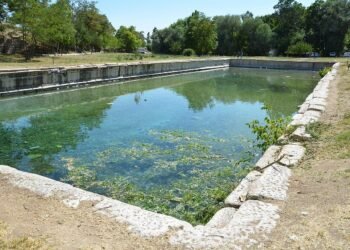

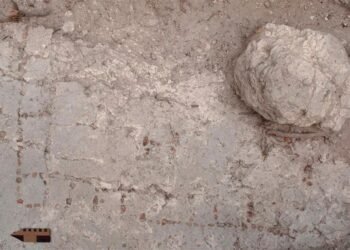
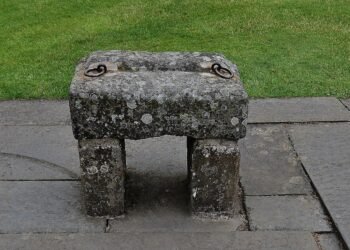
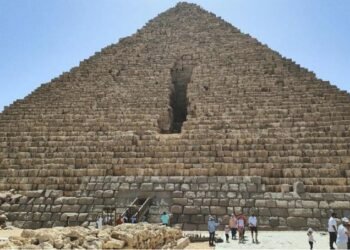
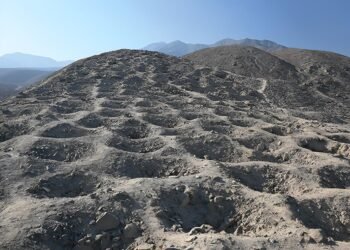















Comments 0